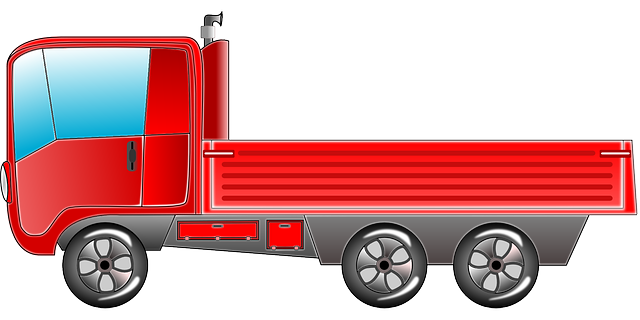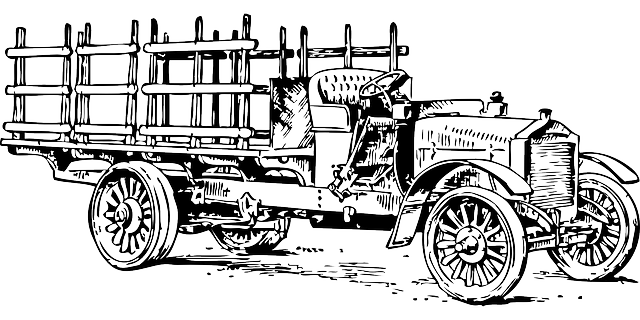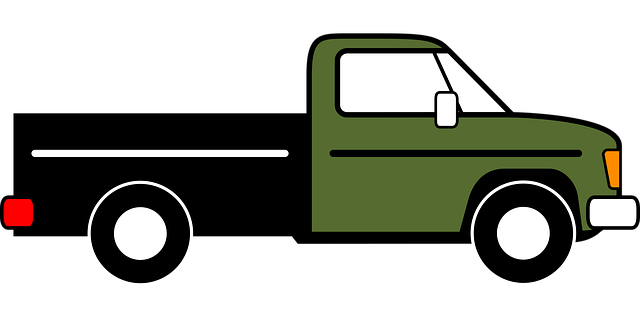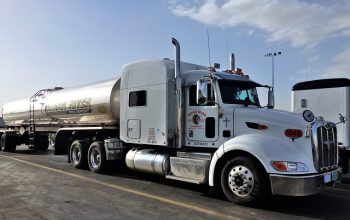Vehicle Identification Numbers (VINs) are essential tools for ensuring safety and compliance in the trucking industry. These 17-character codes provide detailed histories of vehicles, including manufacturing details, ownership, maintenance records, and accident reports. VIN checks help identify risks with used trucks, ensure regulatory compliance, and make informed decisions about vehicle acquisition and operation. By leveraging VIN data through online decoders, buyers, fleet managers, and stakeholders can enhance road safety, avoid costly issues, and maintain industry accountability. A centralized database, cross-referencing with reliable sources, and systematic documentation are key to effective VIN tracking for optimal trucking operations.
Embarking on a Vehicle Identification Number (VIN) search is an indispensable practice in the commercial trucking sector. The unique VIN decodes critical information about a truck, including its make, model, engine specifications, and more. This transparency is particularly crucial in light of recent recalls, such as General Motors’ massive recall for diesel vehicles due to safety defects. By utilizing VIN searches, industry stakeholders can ensure they acquire safe, compliant vehicles, making it an essential tool for risk mitigation and informed decision-making.
- Understanding Truck VIN Numbers: Unlocking Essential Details
- The Impact of VIN Search on Safety and Compliance
- Recent Recalls: Emphasizing VIN's Critical Role
- Steps to Conduct a Comprehensive VIN Number Search
- Benefits for Commercial Trucking Stakeholders
- Best Practices for Continuous VIN Tracking
Understanding Truck VIN Numbers: Unlocking Essential Details

Truck Vehicle Identification Numbers (VIN) serve as a unique code, much like a fingerprint, that identifies every vehicle manufactured. This 17-character alphanumeric sequence offers a wealth of information about the truck’s history and specifications. By decoding this code, stakeholders can uncover details such as the make and model year, engine size and type, transmission, production date, and even previous owners.
Accessing this data is particularly crucial in ensuring vehicle safety and compliance with regulations. For instance, knowing a truck’s history may reveal past accidents or maintenance issues, helping to assess its current condition and identify potential red flags. This knowledge empowers buyers and fleet managers to make informed choices, ultimately contributing to safer roads and more efficient operations within the commercial trucking industry.
The Impact of VIN Search on Safety and Compliance

A Vehicle Identification Number (VIN) search is a powerful tool in the trucking industry, significantly enhancing safety and compliance standards. This process allows stakeholders, from fleet managers to dealers, to access a wealth of information about a vehicle’s history. By simply entering the unique VIN, they can uncover critical details such as manufacturing date, previous ownership, service records, and any reported accidents or recalls. Such insights are invaluable in identifying potential risks associated with used trucks, ensuring that only safe and reliable vehicles enter into operation.
Moreover, VIN searches play a pivotal role in meeting regulatory requirements. Many countries mandate that vehicles on the road adhere to specific safety standards, and a thorough VIN check helps verify compliance. For instance, identifying a truck’s engine type and model enables quick assessment of its environmental emissions, aligning with pollution control regulations. This proactive approach not only reduces the risk of accidents but also fosters a culture of accountability, where every vehicle is tracked and its history is readily accessible, leading to better overall safety in the trucking sector.
Recent Recalls: Emphasizing VIN's Critical Role

Recent recalls have underscored the critical role a Vehicle Identification Number (VIN) search plays in the commercial trucking industry. High-profile incidents, such as General Motors’ recall of nearly 462,000 diesel-powered pickup trucks and SUVs, highlight potential safety hazards that can arise from vehicles with hidden defects. A VIN search acts as a crucial check, revealing essential details about a truck’s history, including whether it has been subject to any recalls or repairs, thus enabling stakeholders to make informed decisions about vehicle acquisition.
This process ensures that businesses and individuals purchase trucks that meet stringent safety and performance standards, ultimately contributing to road safety and peace of mind. By taking this proactive step, trucking companies can mitigate risks, avoid costly replacements, and protect their reputation in an industry where reliability and safety are paramount.
Steps to Conduct a Comprehensive VIN Number Search

Conducting a comprehensive Vehicle Identification Number (VIN) search involves several straightforward steps. First, obtain the 17-character VIN from the vehicle itself—typically found on a label near the driver’s side door frame or in the engine bay. Next, utilize an online VIN decoder service. These platforms cross-reference the VIN with vast databases to deliver detailed information, encompassing make and model, year of manufacture, engine specifications, and even historical ownership records.
Some services offer advanced features like reporting on accident history, warranty status, and potential recall notices. Ensure you select a reputable decoder provider for accurate and up-to-date insights. This meticulous process empowers buyers, sellers, and fleet managers to make data-driven decisions, ultimately fostering transparency and safety within the trucking industry.
Benefits for Commercial Trucking Stakeholders

For commercial trucking stakeholders, a VIN number search is more than just a due diligence process; it’s a strategic decision-making tool. This simple yet powerful practice offers several benefits, enhancing safety, efficiency, and compliance. By accessing detailed vehicle history, operators can identify potential issues or modifications that might impact performance or safety standards. For instance, knowing the engine type and its maintenance records allows for better planning of routine services, reducing unexpected breakdowns on the road.
Moreover, VIN searches play a pivotal role in ensuring regulatory compliance. With access to a truck’s complete history, stakeholders can verify if the vehicle has been recalled or involved in previous accidents, enabling them to make informed choices. This proactive approach not only protects businesses and drivers but also contributes to the overall safety of the trucking industry by minimizing high-risk vehicles on the road.
Best Practices for Continuous VIN Tracking

To ensure continuous and effective VIN tracking, several best practices should be adopted. Firstly, maintain a centralized database for all vehicle information, updating it in real-time as new data becomes available. This enables quick access to accurate details, facilitating efficient decision-making processes. Regularly cross-referencing VINs with reliable sources such as manufacturer databases and recall notifications is crucial for staying informed about any changes or issues associated with specific vehicles.
Additionally, implement a systematic process for documenting and monitoring each truck’s journey, from acquisition to maintenance and eventual disposal. This includes tracking service history, repair records, and modifications made to the vehicle. By doing so, stakeholders can identify patterns, anticipate potential problems, and proactively address them, ultimately enhancing safety and operational efficiency within the trucking industry.
Embarking on a Truck VIN Number Search is not just a step; it’s a critical practice that safeguards lives, ensures compliance, and promotes informed decision-making in the commercial trucking industry. By understanding and leveraging the vast information available through VINs, stakeholders can navigate the market with confidence, ensuring the safety and reliability of their fleets. The article has outlined the process, benefits, and best practices to help you harness the power of this essential tool.



